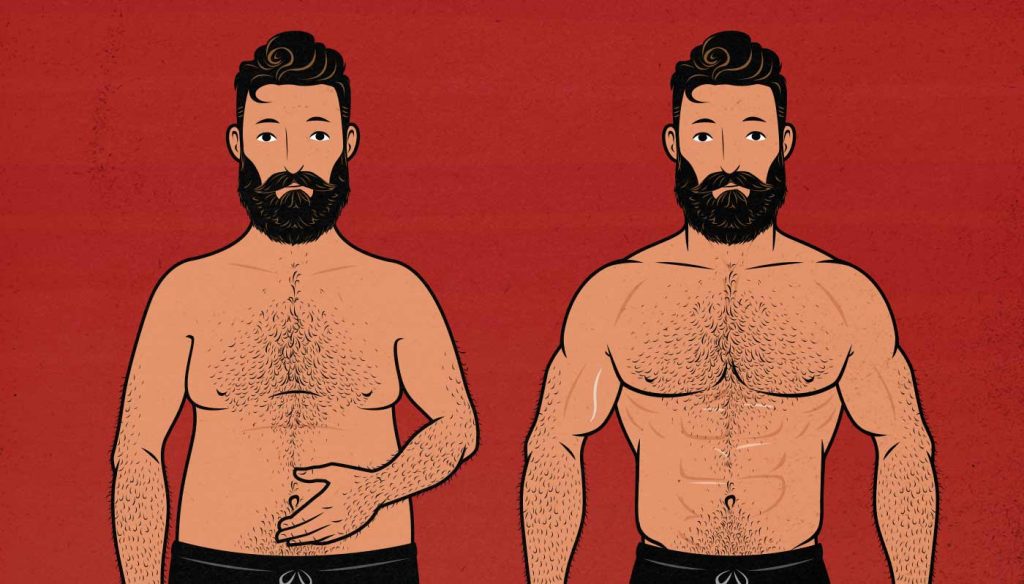
Is Lifting Weights Good for Burning Fat?
Most of us can grit our teeth, go on a diet, and lose some fat. Most popular diets, ranging from keto to veganism, really do succeed at helping people lose weight (study, study). The problem is that motivation ebbs and flows.
When you finish a successful diet, you’re still the same person you were before. You still have the same appetite—the same stomach. The difference is you’re carrying less weight and burning fewer calories. That can make it extremely difficult to stay lean.
That’s where weightlifting comes in. A good workout can burn 200–400 calories, and that helps, but you can burn more calories by walking, jogging, or rucking. That isn’t why it’s valuable.
A pound of muscle burns around 6 calories per day at rest, but you also need to carry it around with you, causing it to burn closer to 12 calories per day. If you can gain 20 pounds of muscle, that’s an extra 240 calories burned without needing to do any extra exercise. If you build enough muscle while losing fat, you can eat the same amount of food you were eating before without regaining fat. That helps, but it’s still not the most important part.
The main reason lifting weights is so powerful is that when you inevitably start to regain weight, you’ll build muscle instead of storing fat. Your metabolism will increase as you build that muscle. You’ll eventually settle at a weight that’s easier to maintain.

How to Burn Fat More Easily
Maintaining a lean physique can be difficult. Our modern lifestyles have less physical activity paired with greater food availability, and much of that food is delicious and calorically rich. There’s quite a bit of individual variation in metabolism, too, making it even more difficult for some than others.
There are a few ways you can make burning fat easier:
- Burn a ton of calories. The more calories you burn, the more you can eat without getting fat.
- Find a way to eat a satisfying amount of food. If your appetite cues you to eat the correct number of calories, you won’t accidentally gain weight.
- Invest your extra calories in muscle instead of storing them as fat. If you can stimulate enough muscle growth, then when you eat in a small calorie surplus, those calories will be invested into muscle growth instead of being stored as fat.
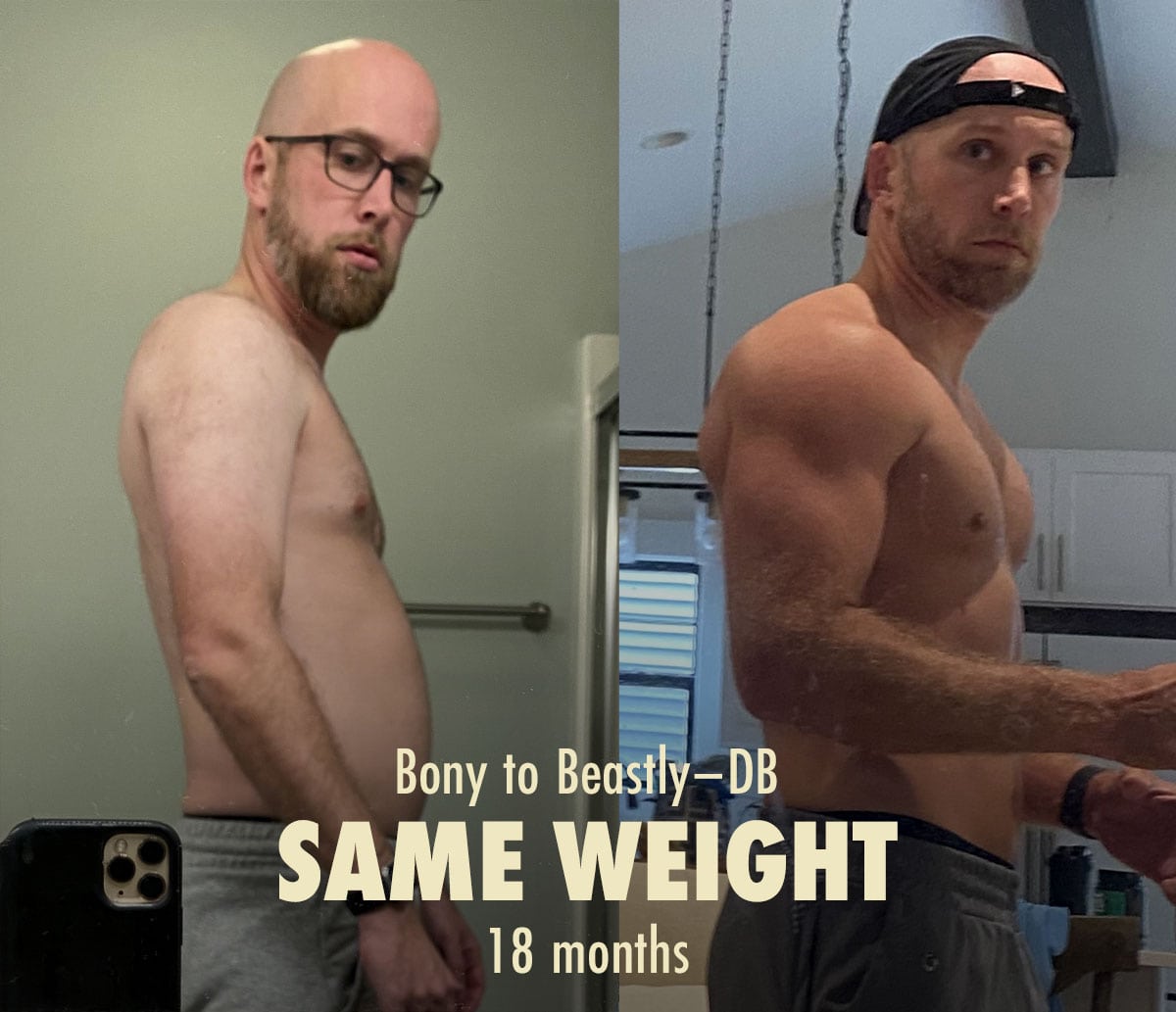
How Lifting Weights Can Help
Lifting weights stimulates muscle growth, causing the extra calories you eat to thicken your biceps instead of your belly. You can speed this process along by eating enough protein, but even just lifting weights causes muscle growth (and often fat loss).
If you’re new to lifting weights, you can expect to gain around 0.5 pounds of muscle per week during your first few months of lifting. You should be able to build around 10–20 pounds of muscle in your first year. That can save you from gaining 10–20 pounds of fat.
How Muscle Burns Calories
The extra muscle you build will speed up your metabolism. A pound of fat burns around 2 calories per day at rest. A pound of muscle burns 6. That’s where most people get confused. It makes it seem like 10 pounds of muscle burns the same amount as 30 pounds of fat. That isn’t quite right.
We need to carry our weight around with us. When we factor that in, a pound of fat burns closer to 8 calories per day, and a pound of muscle burns closer to 12. If you want to keep your metabolism high, you need to build quite a lot of muscle.
Fortunately, training to build muscle burns more calories. You can also build a bit more physical activity into your lifestyle. Going on a short but brisk walk every morning and lifting weights 3x per week can work wonders on your health, fitness, and body composition.
How Protein Burns Calories
Eating more protein burns more calories. When you digest food, some of the energy is burned off as body heat. This phenomenon is called the Thermic Effect of Food (TEF). If you’ve ever eaten a big meal and then felt hot afterwards, that’s why.
Each macronutrient has a different TEF, meaning that some types of calories are more easily burned off as body heat, whereas others are more easily stored as body fat (source):
- If we eat 1000 calories of fat, our bodies burn 15 calories as heat.
- If we eat 1000 calories of carbs, our bodies burn 75 calories as heat.
- If we eat 1000 calories of protein, our bodies burn 250 calories as heat.
That means that if you cut 44 grams of fat (400 calories) out of your diet and replace it with 100 grams of protein (400 calories), you’ll be burning 98 more calories per day. In theory, that would be enough to lose ten pounds of fat per year (or to ward off ten pounds of fat gain).
How Being Heavier Reduces the Hunger
Being heavier reduces our appetite. Our bodies have built-in mechanisms that discourage us from losing too much weight. There was a time when this was a favourable adaptation, but it doesn’t suit our modern way of living. Food is too plentiful.
Your body can sense when there’s less weight weighing down on your bones. If you get too much lighter, your appetite hormones will kick in, filling you with a ravenous hunger.
When your willpower is high, you can resist those cravings. But your willpower can’t stay high forever, and eventually, you will succumb to that hunger. And besides, even during the best of times, who wants to have their willpower constantly sapped by food cravings?
If you build muscle, you can stay substantially heavier. Maybe not as heavy as we were before, but not light either. And if we factor in that a pound of muscle burns four more calories per day than a pound of fat, managing your appetite starts to become more realistic.
If we add up all these factors, lifting weights could either help you lose an extra thirty pounds of fat per year or—just as important—stop you from regaining the fat that you lose.
Shane Duquette is the co-founder of Outlift, Bony to Beastly, and Bony to Bombshell. He's a certified conditioning coach with a degree in design from York University in Toronto, Canada. He's personally gained 70 pounds and has over a decade of experience helping over 10,000 skinny people bulk up.


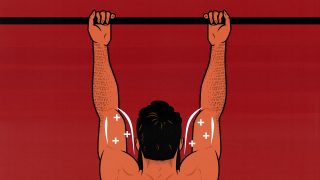
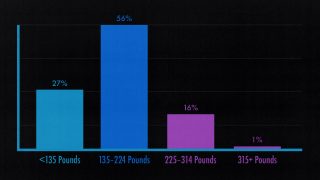
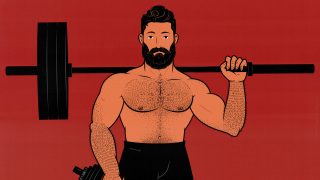
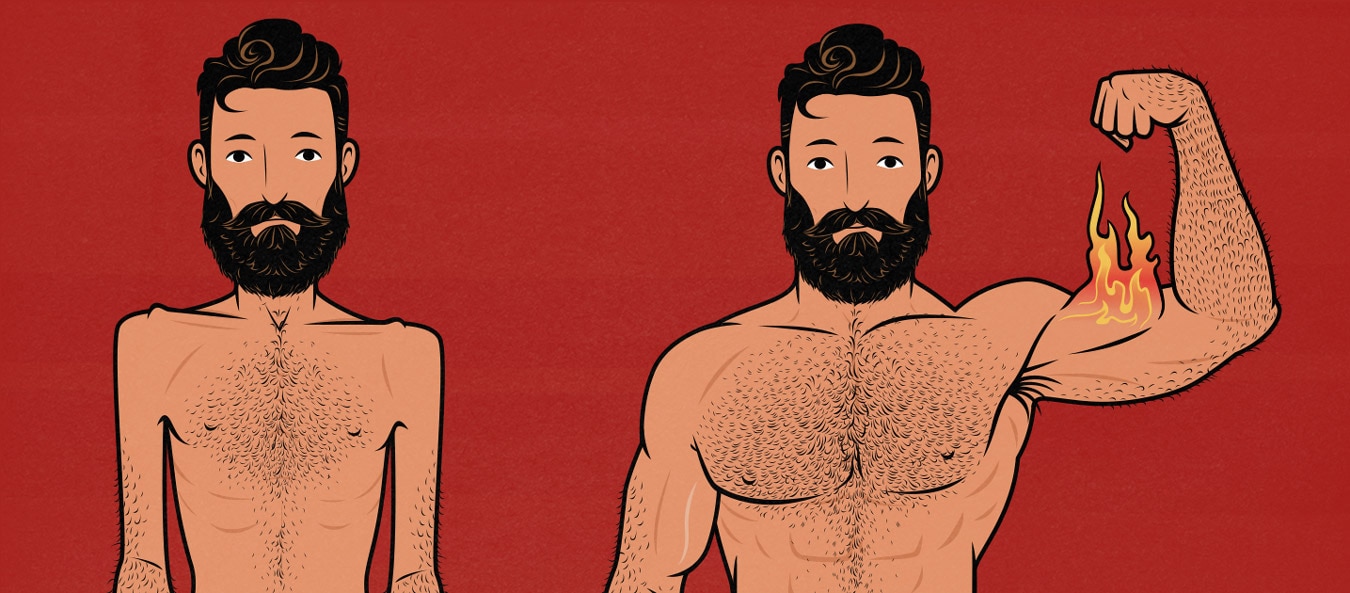
Hey Shane,
Could you kindly tell, if you doing your cut’s on Inferno or do you just continue with Outlift 5 with less sets? I’ve already done a cut on Inferno by repeating the Phase 1 btw.
Just wonder, if those one-handed exercices worth the time and effort in comparison with barbell lifts
It’s totally up to you. One-handed exercises have a couple of advantages.
Sometimes, they put you off balance, requiring your core to stabilize your torso. This develops a kind of strength that’s lacking with more symmetrical lifts. It’s a good way to build a stronger core. Think of exercises like one-arm rows or presses.
Other times, they let you put even more focus into the lift you’re doing, allowing you to improve your performance. Think of biceps curls. If you do one arm at a time, you’ll often be able to lift more weight or get more repetitions than if you did both arms simultaneously.
It doesn’t usually take that much more time. You need to rest before working the same muscle again. One-handed exercises usually have you lifting more steadily instead of doing a burst of exercise and then taking a longer rest.
It can definitely be more effort, though. And some people don’t really care about building a core that’s good at resisting rotation. That rotational strength is important in your day-to-day life, but you might already be strong enough for your day-to-day life.
If you want, you can swap those exercises out for exercises that train both sides at once 🙂
Thank you for your answer!
Yep, I see what you are talking about. Especially when changing direction with a heavy shopping cart in a grocery store, lol.
But is it worth to keep doing Lateral and RKC planks(for ex.) instead of some other isolation exercises, as an intermediate lifter?(done b2B two times).
My pleasure, man. I saw your note in the survey 😛
Yeah, totally. That’s especially true while bulking. The immense mass of food gives the grocery cart nearly unstoppable momentum.
You’re right, yeah. I don’t do planks or side planks anymore. The closest I come to side planks is doing my lateral shoulder raises in a side-plank position. If you haven’t tried that exercise, you might get some value out of it. Amazing for the shoulders, great for the obliques, and great for the smaller glute muscles. But, yeah, you’re right. If you’ve mastered planks, feel free to choose another exercise that’s more challenging.
I don’t really cut at all, actually. When I finish bulking, I spend a few months eating according to my appetite. My appetite is naturally fairly low, so I wind up losing a bunch of fat.
You can do Outlift with fewer sets or Inferno. Both will work very well. It’s totally up to you. The first phase of Outlift, with the higher reps and shorter rest periods, can be pretty good for your cardiovascular health, and cardiovascular adaptations don’t seem to be affected by a small calorie deficit. That could make it a great way to train while cutting 🙂
Good for you! The last time I’ve eat by my appetite, I ended in a large deficit(loving large amount of veggies).
Good idea about shorter rest periods to get cardio gains! I wonder if I could, actually, I’m breathing hard after each set until 2-3min on compound lifts, so I make sure that I catch the normal breathing before next set, to keep the performance on point. Maybe I need to train this thing to perform better in shorter time frames.
Hm, now I’m seriously thinking about switching from Inferno to Outlift, especially for shorter workouts(x4 hard version) with fewer sets, like you told.
One of my goals this year is to update Inferno to the next version. You’ll get a free update when that happens. I’ll keep your feedback in mind with the workouts 🙂
Give that first phase of Outlift a try! You could even run that same phase 2–3 times in a row, choosing slightly different exercises from the dropdown menus if you want to keep it feeling fresh.
Will definitely try that lateral raises/plank variation, it sounds nice!
Inferno 2.0, I’m getting curious… I’ll be waiting for this one!
There we go for Outlift Phase 1! What is good also, is that with those higher rep ranges – I can lower weights as compared to Inferno. A new opportunity to finally get rid of my tennis elbow, which gets me on every heavy push exercises.
Hello Shane, I hope you are doing well. The new content is great, but the topic that is very empty on the site is the discussion of periodization of exercises. Is periodization necessary for everyone and how can you make a periodization program?
Hey Amir, this is an older article. I just updated it a little bit.
Periodisation is important for gaining strength. There isn’t nearly as much research about how it affects hypertrophy. Some shows no effect, but often that’s because the periodisation wasn’t very good. Other studies do show a benefit, especially when progressing through periods of heavier and lighter lifting, ostensibly because it stimulates muscle growth in slightly different ways.
There’s also research showing that beginning with lower training volumes can help people ease into workout routines without causing excessive muscle damage and crippling muscle soreness. And there’s research on the Repeated Bout Effect (RBE) showing that as people get deeper into a routine, they can benefit from greater training volumes and from lifting more intensely.
There’s a long tradition of periodisation, too. Almost all the best strength coaches use it. It reliably produces results.
We have a long history of successfully using it, too. All of our programs are periodised.
So, is periodisation necessary? Definitely not. You can get good results without it.
Does it help? I think so, and there’s no downside to it. I think it would be foolish not to take advantage of the potential benefits.
Excellent. I was reading a book by Eric Holmes, and there’s a part about progress. I came across a periodization article, and I wanted to ask you about it. You fully answered my question. Thank you.
My pleasure, man!
Are you talking about Eric Helms’ Muscle & Strength Pyramids? I love those books.
Oh yes, the same book. I apologize to you, Shane, for the bad translation of the words. Because I am in Iran, I have to use Google Translate.
No problem, Amir. Greetings from Mexico!
I thought I knew what you meant. I just wanted to make sure. That’s one of my favourite hypertrophy books. It’s great.
The guy in all our illustrations is based on my Iranian friend, Payam. We decided to get in shape one summer while living together as roommates. That’s what inspired us to start this business.
Oh man, I am happy to hear this. Your website design is really very good and excellent. In Iran, most of the bodybuilding pages on Instagram use your illustrations, and they also translate some of your content into Farsi. Your work is wonderful, my friend.
Oh, wow. I had no idea!
That’s really cool. Do you have any links I could check out?
I can see how that could happen. When you look at the character, do you see someone who could be Iranian? I wonder if that’s part of why it’s being used.
If I see it on Instagram, I will send you the page, I think the reason for using it is because of the attractiveness of your illustration of our Iranian friend, anyway, it is the attractiveness of this illustration and I personally enjoy it.